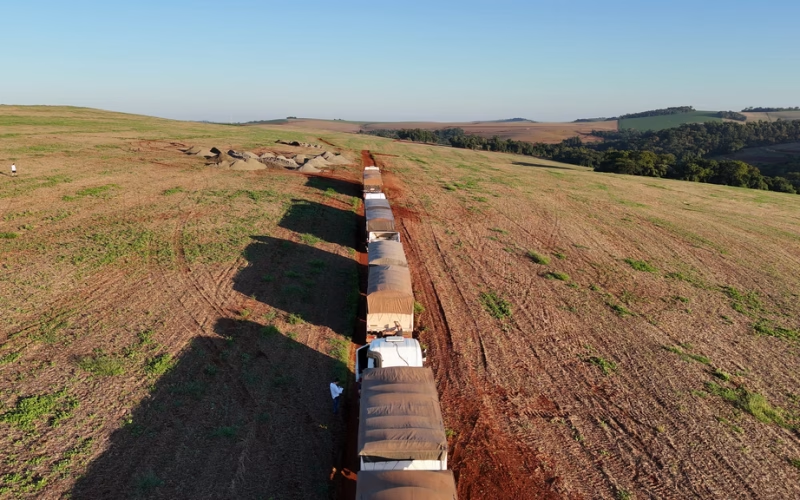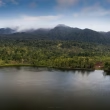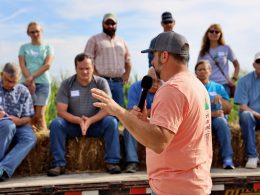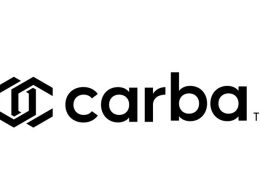Alphabet Inc.’s Google has committed to its largest-ever purchase of carbon dioxide removal, supporting Terradot, a startup leveraging crushed rocks to capture atmospheric CO2. The initiative is backed by Microsoft Corp. and prominent investors, including John Doerr and Sheryl Sandberg.
Terradot has raised nearly $60 million to scale its technology and has signed agreements to remove 200,000 tons of CO2 for Google and 90,000 tons for a consortium of carbon removal buyers known as Frontier.
The approach, called enhanced rock weathering (ERW), accelerates natural carbon-sequestering processes by grinding and spreading rocks like basalt on agricultural fields. Rainwater triggers chemical reactions that draw CO2 from the air, eventually locking it in the ocean. “This method has immense scale potential because it builds on an established natural process,” said Randy Spock, Google’s carbon credits and removals lead.
Terradot’s scientific advisor, Scott Fendorf, highlighted the speed of the process, stating that grinding rocks can compress millennia of CO2 sequestration into just a few months.
The company plans to source basalt from quarries and offer it as a soil amendment to farmers, benefiting pH management while generating carbon credits. Terradot’s CEO, James Kanoff, expects credit sales to begin by mid-2025. Over the past year, the company has trialled its methods in collaboration with Brazil’s EMBRAPA, a state-owned agricultural research institution.
Despite its promise, ERW faces challenges, including difficulties in measuring and verifying CO2 removal. Currently, only about 2% of global carbon removal relies on this technique, according to CDR.fyi. However, Terradot’s robust scientific team and advanced tracking methods have attracted support.
John Doerr, one of Terradot’s investors, praised the startup’s science team as the “strongest” in the ERW domain. Google’s purchase was also bolstered by Terradot’s precise methods of measuring CO2 absorption through soil and water sampling.
“The solution to measurement challenges is to deploy the technology and refine its tracking methods,” said Spock. “Spread more rocks sooner, and measure it better.” Scientists stress that removing billions of tons of CO2 annually is essential to mitigate the worst effects of climate change and achieve net-zero emissions by mid-century.





















